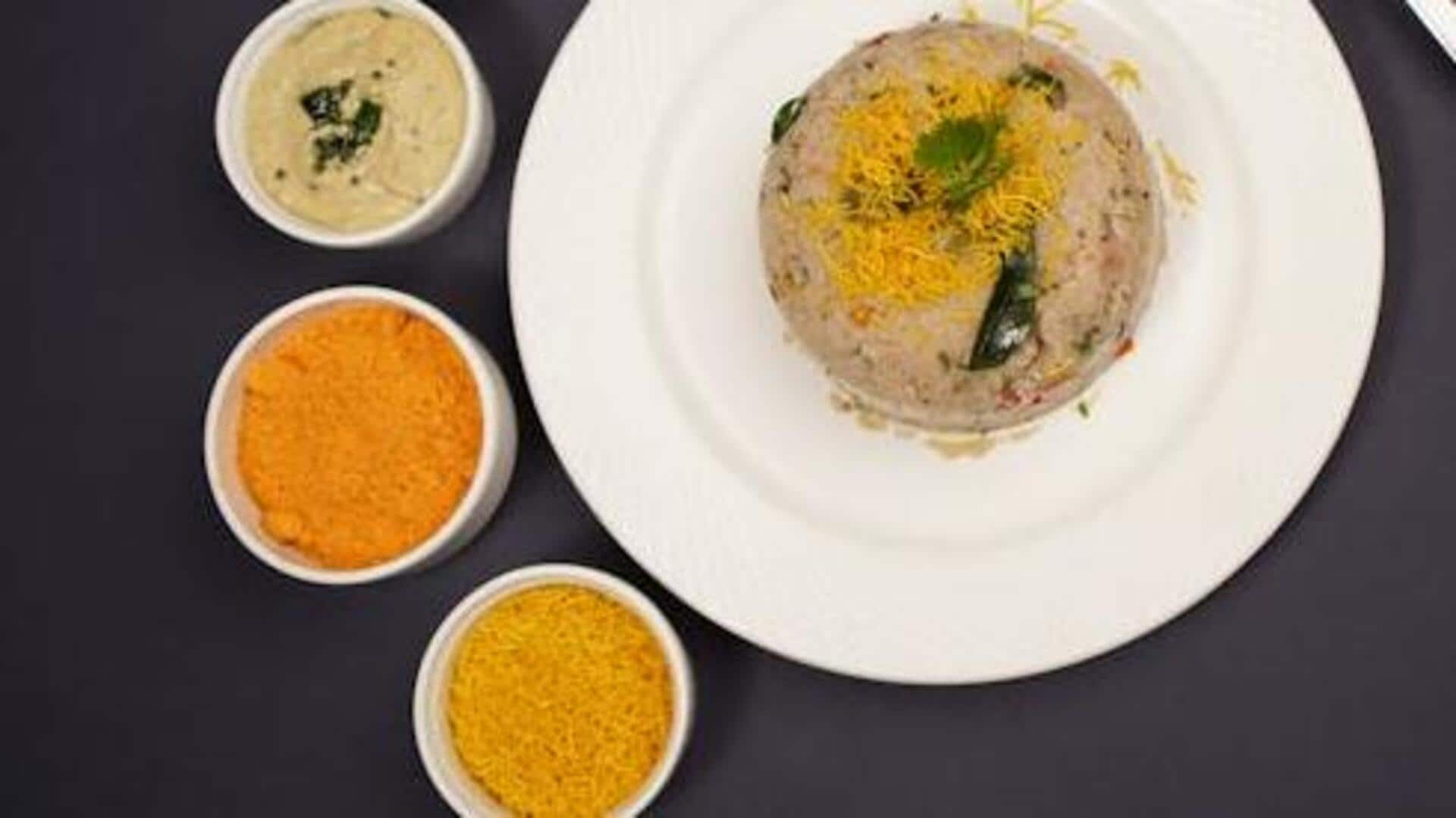
Tracing the evolution of upma
What's the story
A staple breakfast dish in most Indian households, upma has transformed immensely over the centuries. This semolina-based dish, which hails from South India, has adopted different regional tastes and ingredients throughout the country. Its versatility and ease of preparation have made it a favorite among different communities. Here's how upma has evolved through India's rich culinary history, representing the country's cultural diversity and changing food preferences.
#1
Ancient roots of upma
The origins of upma can be traced back to ancient South Indian kitchens where it was mostly prepared with rice or wheat. It was a simple dish made with minimal ingredients like mustard seeds, curry leaves, and lentils. Over time, semolina became the preferred base because of its ease of preparation and availability. This early version paved the way for numerous variations that followed as upma spread across different regions.
#2
Regional variations across India
As upma spread beyond the South, every region gave the dish its own twist. In Maharashtra, for example, vegetables like peas and carrots are often added. In Gujarat, it's sometimes sweetened with sugar or jaggery for a different flavor. In Karnataka's Udupi cuisine, coconut is often used to amp up taste and texture. These regional variations show how local ingredients shape traditional recipes.
#3
Modern twists on traditional upma
In recent years, modern avatars of upma have come up as chefs play with global flavors and health-conscious ingredients. Quinoa or oats are sometimes used in place of semolina to suit dietary preferences like gluten-free diets or low-carb lifestyles. Even exotic spices like saffron or herbs like basil may be added to the modern versions of this classic dish.
Tip 1
Tips for making perfect upma at home
To get the perfect consistency while preparing upma at home, roast semolina to a golden brown before adding water. Use hot water instead of cold and keep stirring continuously while cooking. Add ghee towards the end if you want; garnish generously with fresh coriander leaves before serving hot with chutney or pickle of choice!